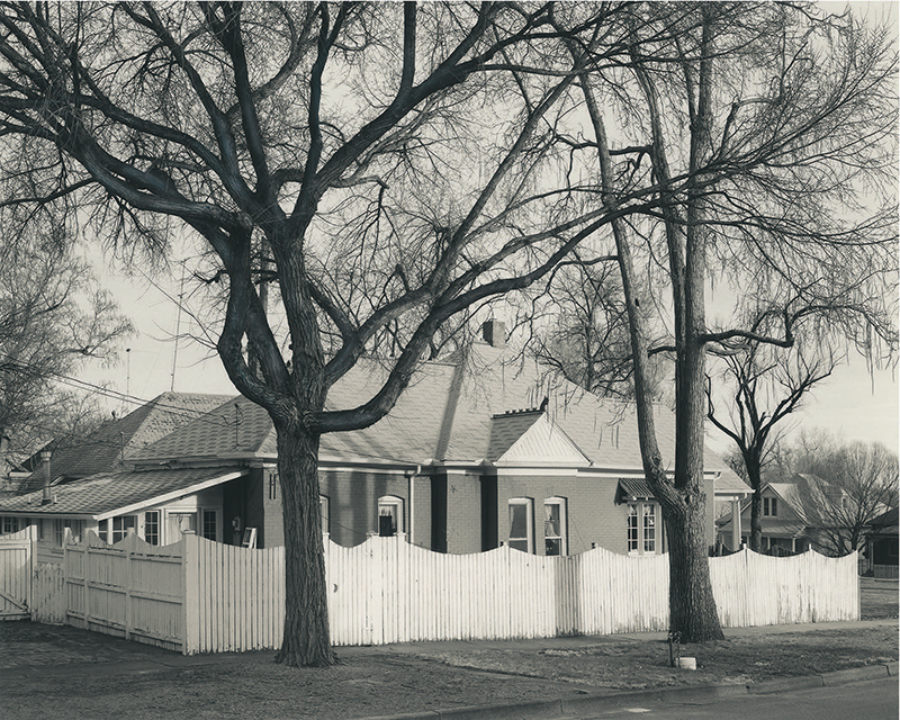
Photographs © The artist
Town of C
Richard Rothman has gone looking for that obvious yet elusive thing: the American character. Like generations of photographers before him, Rothman is interested in how that character has been shaped both by the desire for freedom, epitomized by the expansiveness of the West, and by the harsh realities of the region’s terrain, made harsher by extractive capitalism. As early as 1870, Carleton Watkins photographed the scars left over from clear-cutting and mining in the sublime mountains of northern California—a contradiction sanctioned by the idea of manifest destiny. When Walker Evans made his inventory of American places, the Great Depression…






















































































